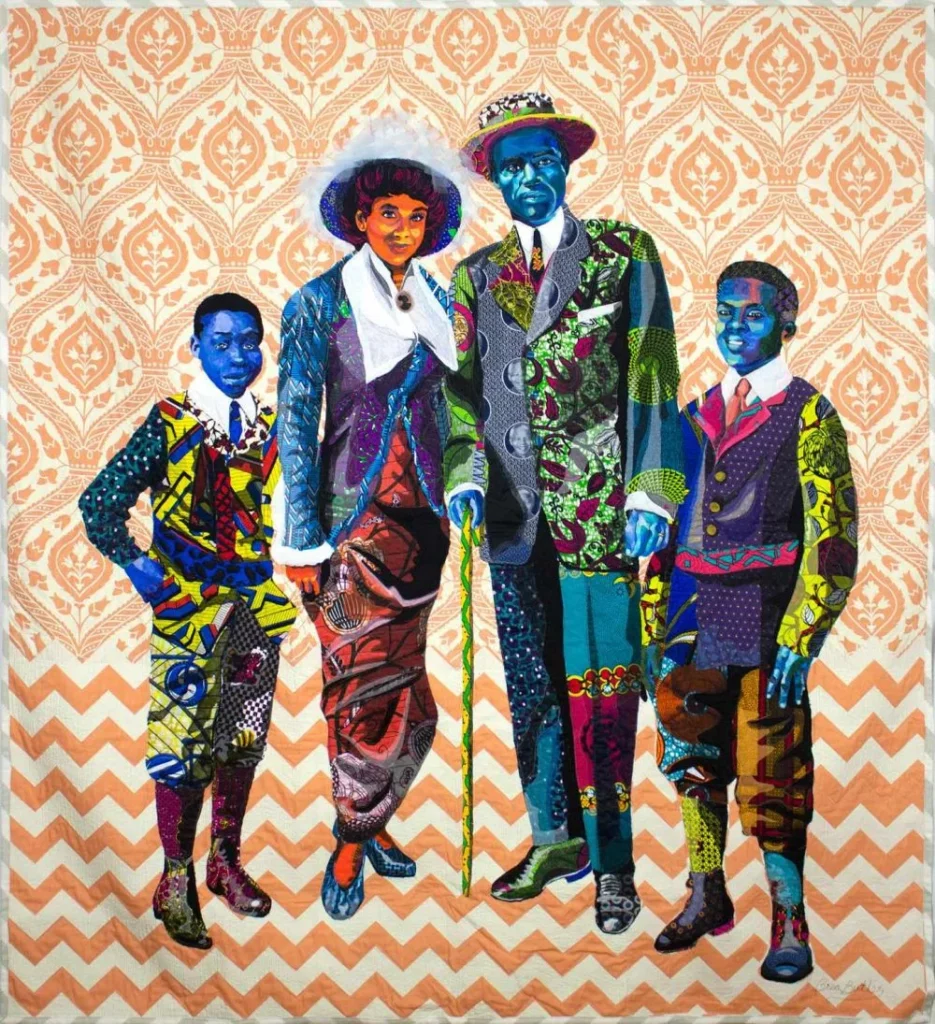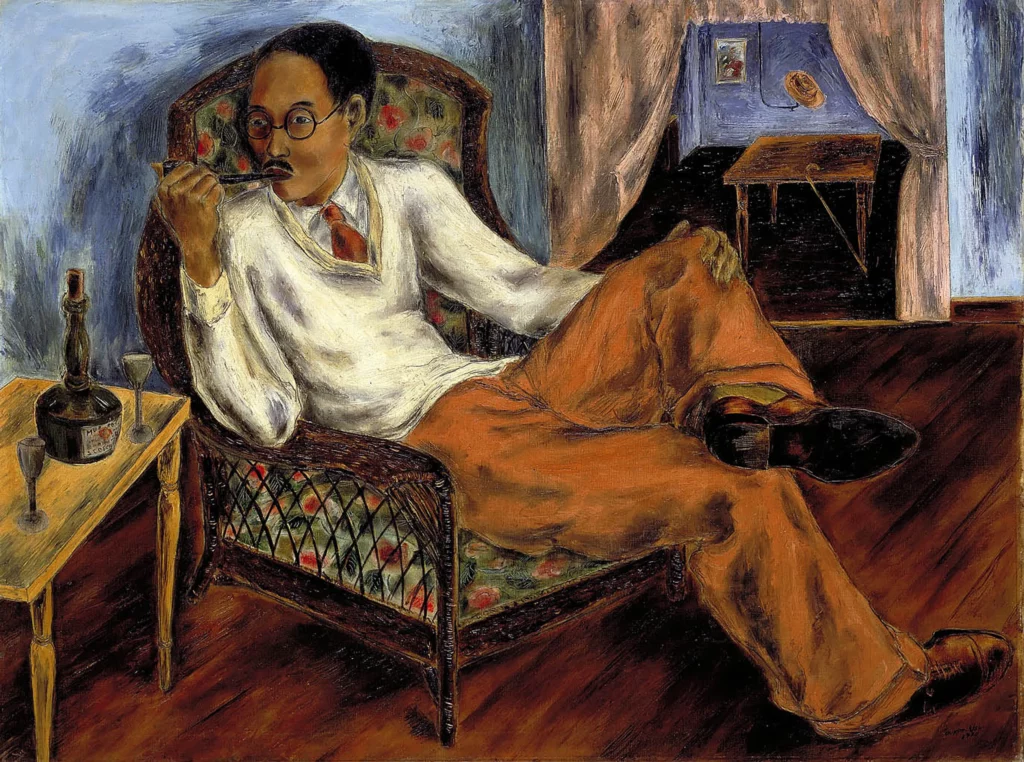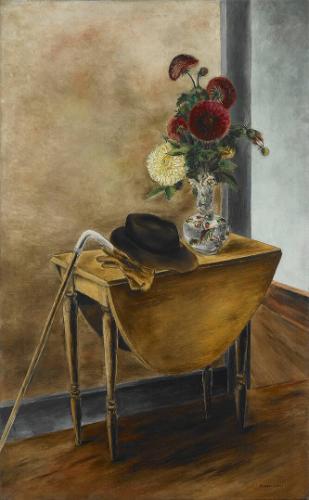Growing up as a Black artist deeply immersed in AAPI communities, I’ve had the unique privilege of learning from traditions that have enriched my life and artistry. My Chinese godmother from Beijing played a profound role in shaping my understanding of culture through the art of cooking. I still remember standing by her side in the kitchen as she showed me how to wrap dumplings with care, explaining the significance of each ingredient. Her stories about the dishes she grew up with connected me to a heritage that wasn’t my own by birth, but one that became a part of me through shared meals and loving mentorship. The kitchen became a sacred space where culture, history, and love blended together, teaching me the value of preserving traditions.
Another important influence in my life was an elder from the AAPI community who introduced me to the art of guzheng, the Chinese zither. The first time I touched the strings, I felt an immediate connection to its hauntingly beautiful tones and the centuries of history it carried. My teacher’s patience and dedication were inspiring as he guided me through the techniques and the cultural stories behind the music. Through this practice, I not only learned to play an instrument but also became a custodian of an art form that deserves to be celebrated. These experiences instilled in me a deep respect for the ways in which traditional arts can bridge cultural gaps and preserve histories that might otherwise be lost.
As a Black artist based in Minnesota, I’ve seen firsthand how traditional arts can build understanding and nurture creative expression. I encourage Minnesotans to engage more actively with BIPOC art forms, whether it’s attending a local Guzheng performance, joining a cooking workshop led by immigrant elders, or participating in collaborative art projects. By creating spaces where diverse traditions are honored and practiced, we not only preserve cultural legacies but also cultivate a thriving community of creativity and respect. Invest in these traditions, not just for their beauty but for the stories and connections they bring to our lives.
Jarrelle (杰遨 )Barton




